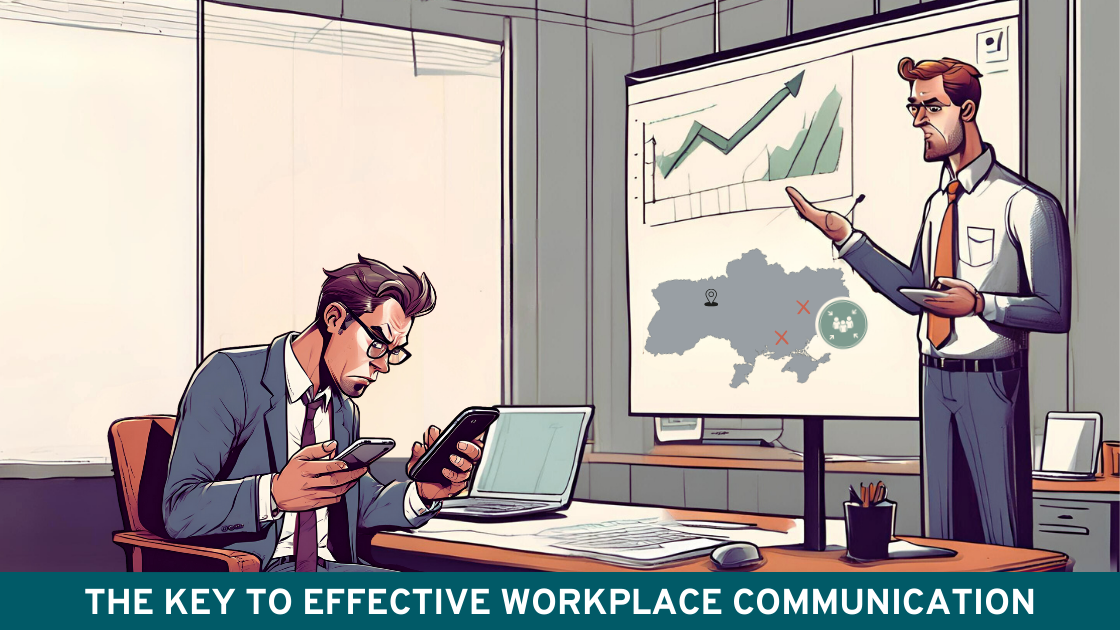Improving Safety Through the Power of Persuasion: How to Get People to Take Risk Seriously
We speak to individuals responsible for safety every day. We frequently find that they are stuck… often at loggerheads with key personalities in their organisations, causing frustrations on both sides.
Does this sound familiar?
It goes without saying that when employees and managers are fully ‘on board’ with a safety management programme, it makes managing risk easier. During the pandemic, safety and security professionals found themselves at the centre of decision making with C-Suite prioritising risk and the Covid response strategy. Health and safety became a regular fixture on the board meeting agenda, and leaders prioritised their teams’ mental and physical health.
But with the urgency of the Covid pandemic receding, safety professionals are once again having to think smartly about convincing organisations and workers to take safety seriously.

Lessons in persuasion
Convincing others to believe in your ideas is vital to any role. So, whether you are a full-time safety professional or someone who has been handed the responsibility, then understanding how to convince people to follow the rules is crucial. It is easier said than done, but Dr Robert Cialdini – known as ‘The Godfather of Influence’ – has some useful insights.
Cialdini is the author of several books and papers about persuasion. In his latest 2016 bestseller, Pre-Suasion, Cialdini outlined seven key principles of persuasion:
Principle 1. Reciprocity
People feel obligated to give back to others when they have received something. In a work context, you can initiate helpful actions or offer assistance to colleagues, creating a sense of reciprocity. This can foster stronger relationships, teamwork, and a willingness to collaborate.
Tip: An example of this could be as simple as bringing coffee for others to a meeting. Or, if you really want to take it up a notch, at the next fire alarm reward the team/department that gets to the rally point first with a free coffee.


Principle 2. Commitment and Consistency
We all want to keep our word, especially if we make a pledge in front of others to do something. Once committed, we are more likely to follow through, leading to greater consistency and progress.
Tip: Encourage managers to make public commitments to safety. Have them publicly agree to follow safety protocols, participate in safety training, or report hazards and congratulate them when they do so.
Principle 3. Social Proof
People tend to follow the actions of others, especially in uncertain situations. Sometimes known as herd mentality, people are comfortable when they know others are doing the same thing.
Tip: Highlight safety success stories either within your organisation or within your sector. This will show that improved safety is achievable and encourage emulation within your workplace.


Principle 4. Authority
Individuals are more likely to comply with requests from authoritative figures. Demonstrating your expertise and knowledge can lead to increased trust, credibility, and influence over decisions.
Tip: It is tempting to quote the law or regulation. This often backfires as a source of authority as people do not like to be coerced into compliance. Rather build your personal authority on how well you understand your specific business and the job to be done by each individual within the organisation. Empathising and helping people achieve their goals while doing so safely, is much more likely to make people realise how valuable you are to them.
Principle 5. Liking
People are more inclined to say “yes” to those they know, like, and trust. Building positive relationships with colleagues, showing genuine interest in their ideas, and finding common ground can enhance likability and lead to smoother collaborations.
Tip: Invest the time in getting to know your colleagues and what makes them tick. Whether it’s the boss or the person who delivers the post, knowing a few details about their lives (like the names of their kids or pets) goes a long way.


Principle 6. Scarcity
When people believe something is in short supply, they want it more. Short supply signals demand and can create a sense of urgency and motivate colleagues to take action.
Tip: Emphasising a time limitation by which to get something done otherwise there could be repercussions is often a great motivator. “We need to have this safety measure in place by this date or else…”
Principle 7. Unity
Humans are social – we need to be part of a group, community, or family. The unity principle, which Cialdini penned a few years ago, concerns this desire for shared identities. They’re about relationships and bonds.
Tip: Emphasise that safety is not just about you, but about having your colleague’s back to ensure they get home to their loved ones in one piece. This fosters a sense of “we are all in this together” and is a great way to get traction.

By applying these principles strategically, a safety professional can create a culture of safety where employees are more engaged, motivated, and committed to following guidelines, ultimately leading to a safer and more productive workplace.
At RiskPal we have used these persuasion techniques through the design of our risk assessment platform to appeal to the user. For example, we have a built-in feedback loop that automatically sends a message to all participants upon completion of a project, to ask for any insights. Crucially the request focuses on how the feedback will help keep colleagues safer in the future – drawing on the principle of unity.
If you want to know more about how RiskPal makes safety simple and compliance straightforward, contact us at info@riskpal.co.uk.
RiskPal makes safety simple and compliance straight forward. Want to know more?
When employees and managers are fully ‘on board’ with a safety management programme, it makes managing risk easier. Winning hearts and minds is essential for safety teams – but it has long been a challenge… until the recent pandemic. Safety experts suddenly found themselves in the C-Suite, helping to guide businesses’ Covid response strategies. Health and safety became a regular fixture on the board meeting agenda, and leaders prioritised their teams’ mental and physical health.
But with the urgency of the Covid pandemic receding, health and safety is no longer a priority, and professionals are once again having to think smartly about convincing organisations and workers to take safety seriously.

Lessons in persuasion
Are you a health and safety professional at loggerheads with your organisation, trying to convince colleagues to prioritise risk?
Then Dr Robert Cialdini – known as The Godfather of Influence – has some powerful insights on how to persuade managers and employees to take safety seriously.
Speaking at the American Society of Safety Engineers Safety 2012 in Denver, he outlined six key principles of persuasion and how they can be deployed by safety professionals.
Principle 1. Reciprocation
We are much more likely to say ‘yes’ to those we owe. If you have provided safety resources, benefits and information for your colleagues in the past, they are more likely to want to ‘give back’ and do things that make your job easier.
Principle 2. Scarcity
There is power in outlining what is at stake if risk procedures and processes aren’t followed. If people think they could lose something of value, they are motivated to prevent that happening. So try spelling out what could happen if teams don’t get ‘on-board’.
Principle 3. Authority and trustworthiness
Being seen as trustworthy is essential when you’re trying to persuade. But to appear credible and knowledgeable, you may want to consider admitting the weaknesses in your project. “Before you present your strongest argument, mention a weakness or drawback,” Cialdini told the audience. “This establishes you are knowledgeable and trustworthy.”
Principle 4. Consistency
We all want to keep our word, especially if we make a pledge in front of others to do something. Encouraging team members to give a public commitment to your policies – in writing or in a meeting – makes it more likely they will remain consistent and live up to their pledge.
Principle 5. Consensus
We often take our cues from those around us. If some team members decide not to fill in a risk assessment, for example, others might not bother either. “When people are unsure, they look outside of themselves for answers,” Cialdini said. “They look to their peers – what the people around them and like them have been doing. Instead of normalizing that [negative] behaviour, marginalize it.” It is worth communicating how many people are doing the ‘right thing’ and celebrating when processes are picked up.
Principle 6. Friendship
When a colleague is positive and fair, we’re more likely to say “yes” to their work requests. Genuine compliments and giving credit where it’s due can create goodwill, which in turn makes teams more willing to help you achieve your safety goals.
Top tips
The role of health and safety people often involves communicating change – changes in processes, procedures, and ways of working.
Here are some tips to help you communicate more effectively and persuasively:
- Make it personal. Use phrases like “What we’ve found” or “In my experience”, which are softer and less likely to cause resistance than a serious of orders
- Consider offering people a better way instead of forcing it. Try replacing ‘you should’ with ‘you might consider’ or ‘you could explore’
- Think about your communication methods – could you meet people face-to-face rather than send a blanket email? Consider taking time to build relationships before you have to communicate a big change
- Build an opportunity for feedback into your project and make time to take on board opinions and thoughts.



